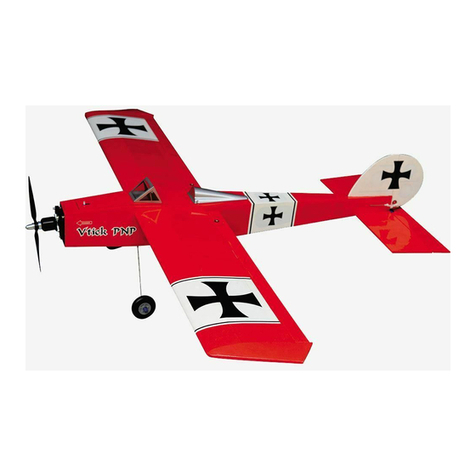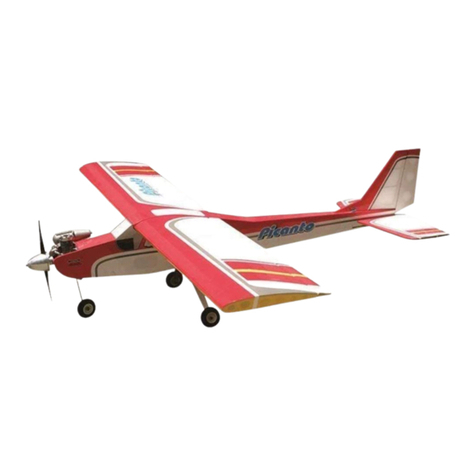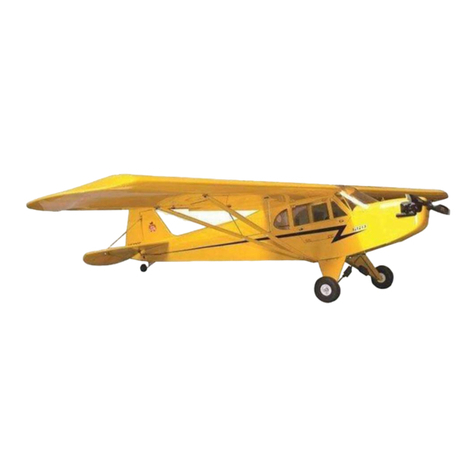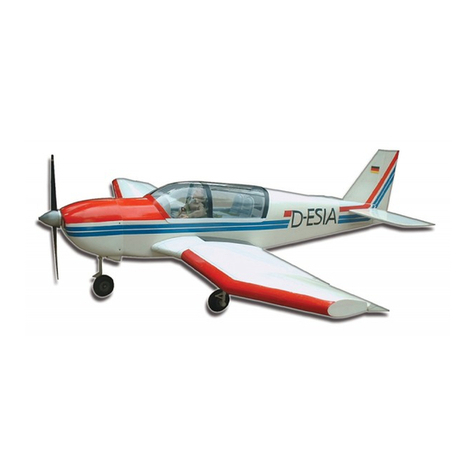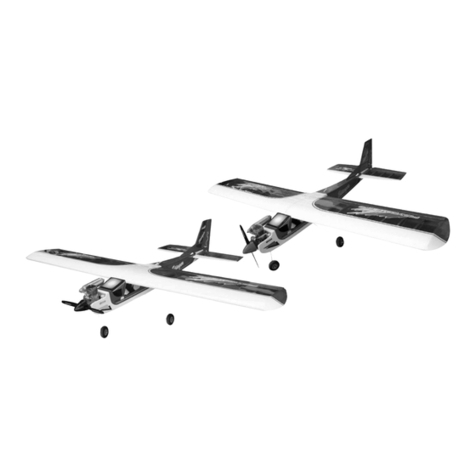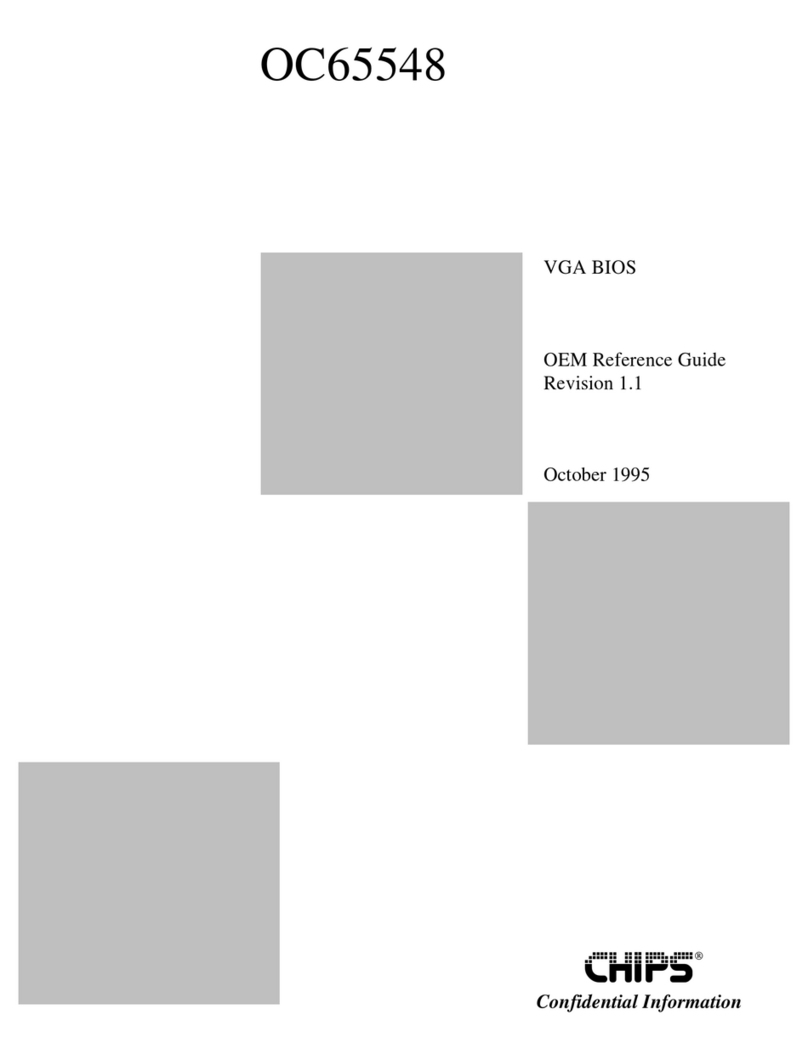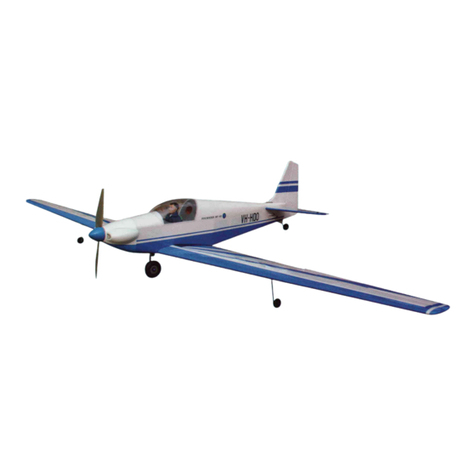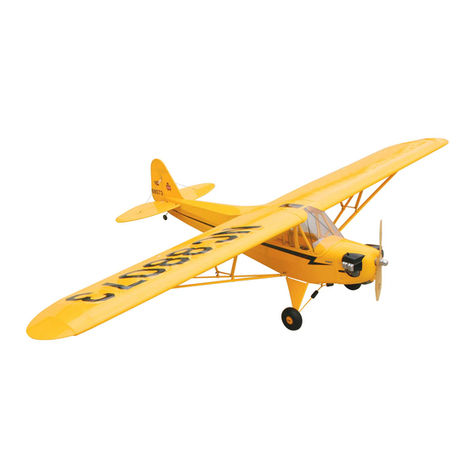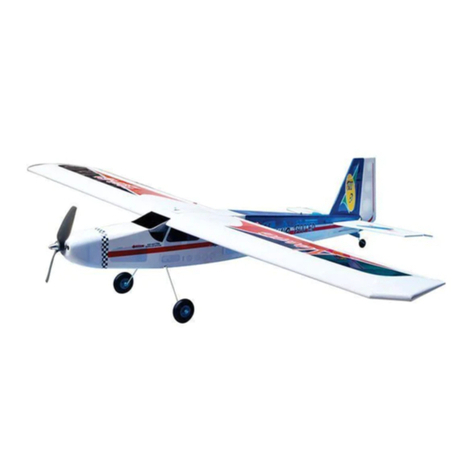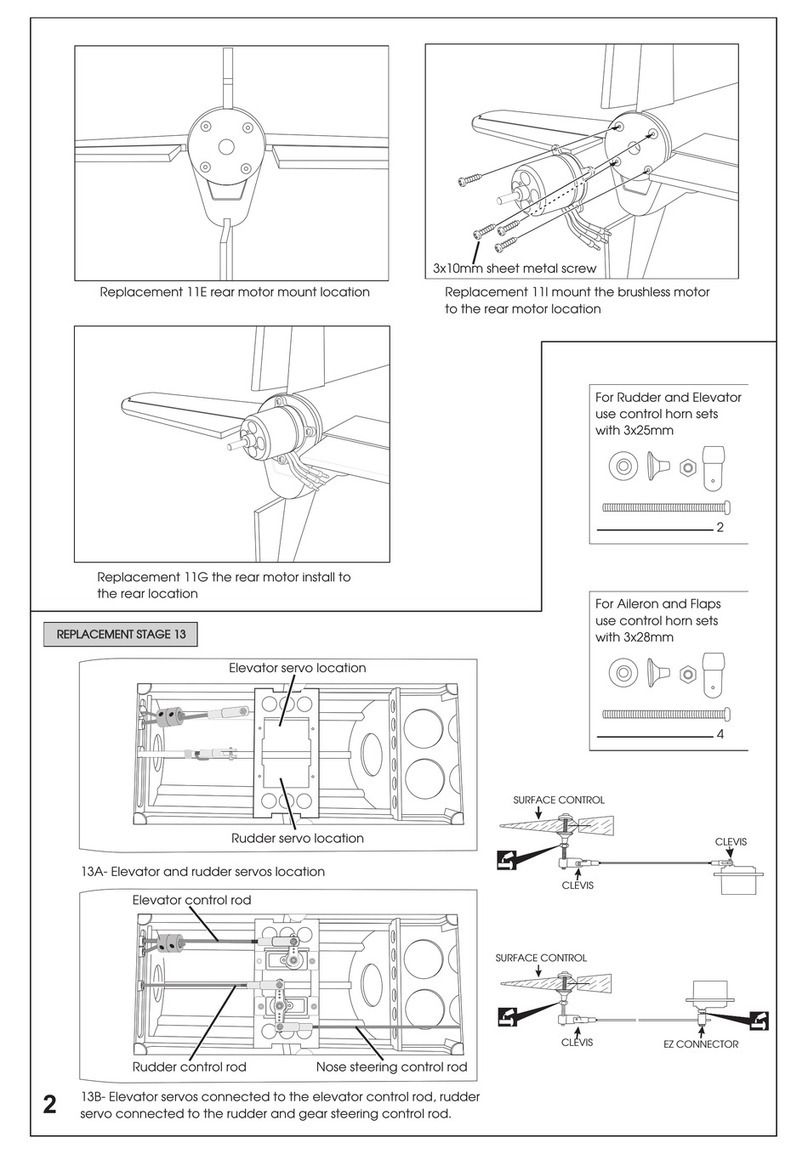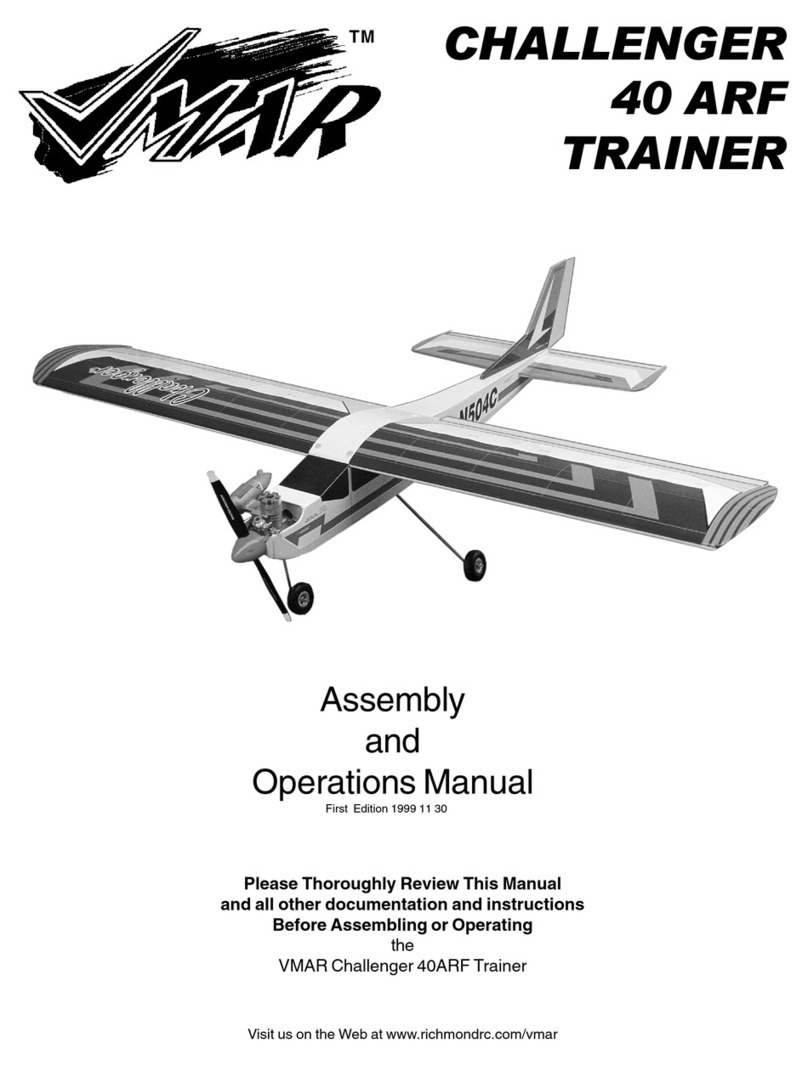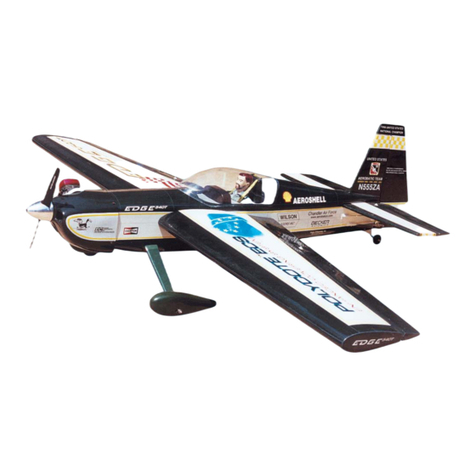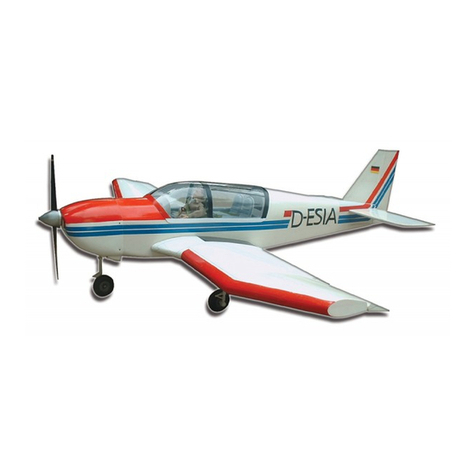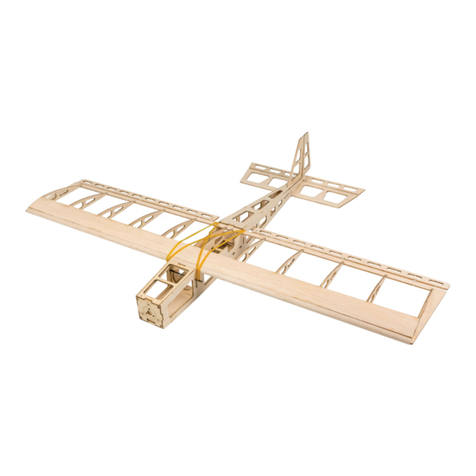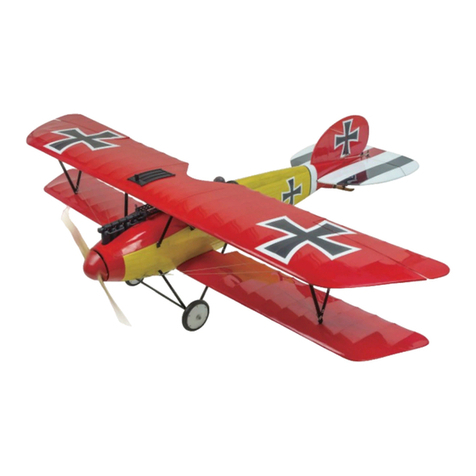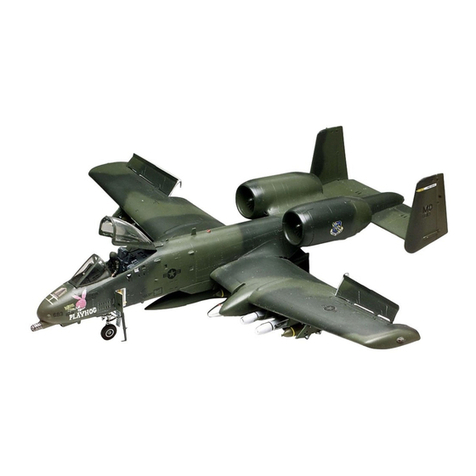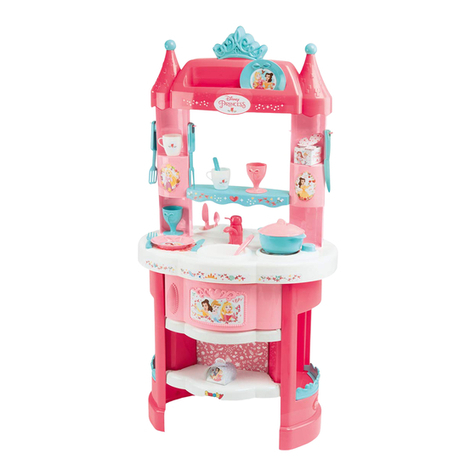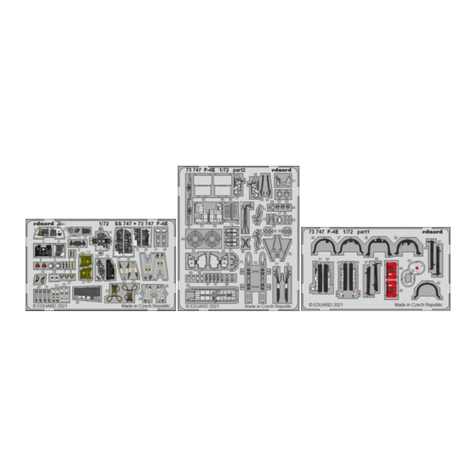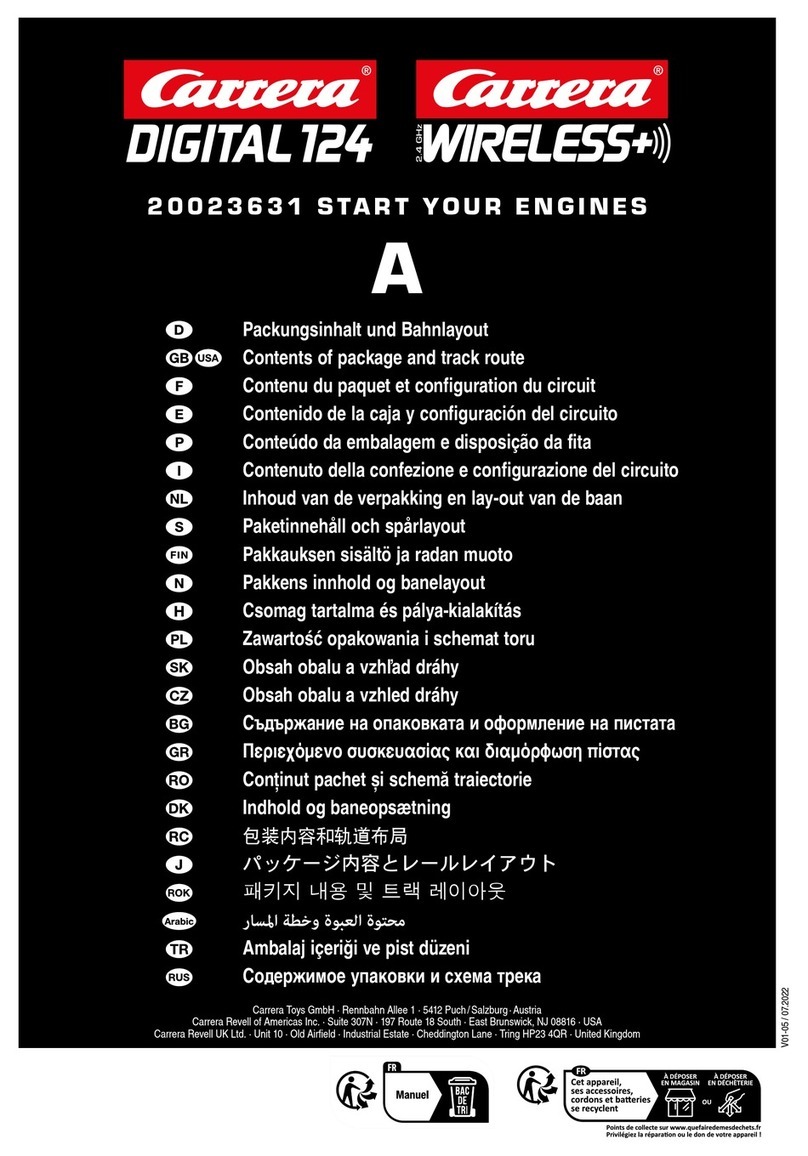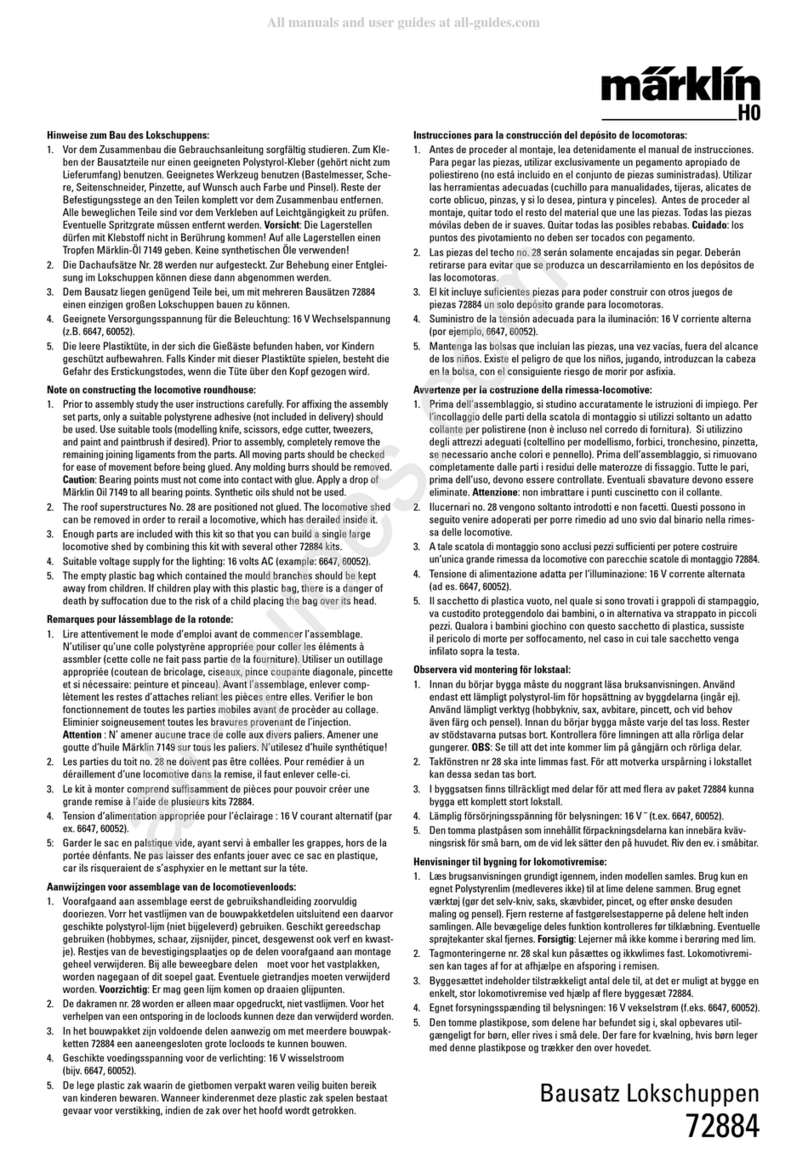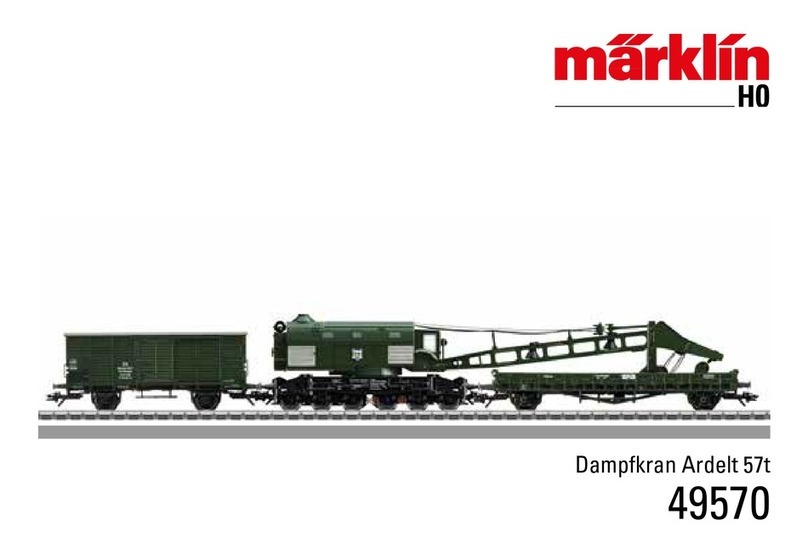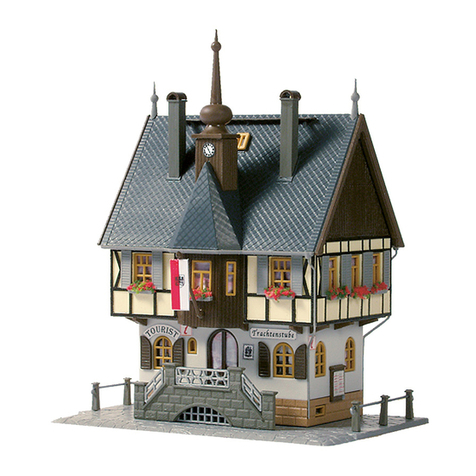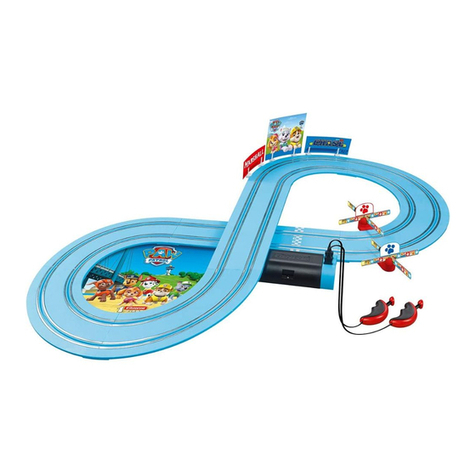Assembly and Operations Manual EXTRA - 330L SEMI SCALE SPORT MODEL 3
Thank you for purchasing a VMAR product. VMAR
Manufacturing is committed to delivering superior value
to the RC modeler. Your new EXTRA - 330L is the
market leader in features, ease of use and flexibility.
Please review these instructions before beginning the
simple assembly procedure.
We’ve used metric measurements throughout these
instructions. We know that some of you like metric while
others think that furlongs per fortnight makes a nifty velocity
indicator. If you are in the furlong camp, bear with us….
It’s not a big deal…3 millimeters is stated as 3mm and
3mm is about 1/8 of an inch. Fire up your calculator and
you will find that 25.4 mm makes an inch. In places where
you have to actually set up something according to a
recommended measurement, we’ve listed an
approximate imperial measurement in inches in brackets.
Whenever we’ve used the directional terms left or right ,
they are with respect to the model when viewed as you
would when sitting in the cockpit…that is when viewed
from the back looking forward.
INTRODUCTION
You’ve taken the lid off the box and grabbed the instruction
booklet…you are about 6-8 hours away being ready to go
flying! Now is the time to look over what’s in the box.
Please see the attached Packing List and review the
contents and make sure nothing has been damaged in
shipping. Damage or missing components must be
reported to your vendor BEFORE any assembly begins.
Please DO NOT START if something is damaged or
missing.As you can imagine, once you join the wing halves
attach the stabilizers or install your radio or engine your
options for returns are very limited. Your vendor will not be
able to provide you with exchanges or replacements of
parts that have been assembled. DO NOT START
UNLESS IT’S RIGHT!
REVIEW PACKING LIST, GATHER YOUR TOOLS & SHOP MATERIALS.
CHECK OFF COMPONENTS AND PARTS INCLUDED.
Maijor components and sub-assemblies
- 01 Fuselage
- 02 Wing halves (left and right)
- 01 Vertical stabilizer with pre-installed rudder.
- 01 Horizontal stabilizer with pre-installed elevator .
- 01 Fiber glass cowl
- 01 Landing gear (6061 T6 Aluminum)
- 01 Documentation set including instruction booklet
- 01 Set of patch and/or trim sheets if required
- 01 Master bag
Contents of master bag
- 02 Engine mount T-beams
with allen screws
- 02 Ulatralight treaded wheels
- 01 Fibreglass main landing gear
- 01 Landing gear (6061 T6 Aluminum)
- 01 Wheel pants and landing gear cover
- 01 Wing parts bag
- 01 Spinner parts bag
- 01 Control horn parts bag
- 01 Tail wheel parts bag
- 01 Miscellaneous parts bag
- 01 Spare parts bag
Contents of main landing gear parts bag
- 04 mounting screws
- 02 Axle assemblies with wheel collars
Contents of wing parts bag
- 02 Aluminum tubes wing joiner
- 02 Aileron control rod assemblies with clevises
- 02 wing mouting butterfly nuts & washer.
Contents of spinner parts bag
- 01 spinner with allen screws
- 01 Allen wrench
- 01 Spinner shaft collet set
Contents of control horn parts bag
- 05 Metal bolts 3mm x 35-40mm
- 05 Metal nuts 3mm
- 05 Plastic control horns
- 05 Plastic T - nuts
- 05 Plastic beveled washers
Contents of tail wheel parts bag
- 01 Pre-assembled wire,
wheel and bracked assembly
- 02 Mounting screws
Contents of miscellaneous parts bag
- 01 Allen wrench for control rod
EZ connector of fitted
Contents of spare parts bag
Assortment of extra spare parts that are not required
but may come in handy in service
In addition to the items in the parts bags the follow-
ing items have been pre-installed or placed into the
fuselage at the factory.
- 01 Fuel tank assembly with stopper,
clunk and pre-bent metal tubing
- 01 Universal adjustable servo tray with mounting
screws and slider plates control rod assemblies
including connecting hardware.
14 Assembly and Operations Manual EXTRA - 330L SEMI SCALE SPORT MODEL
Connect the rudder servo to the
receiver and turn on your transmit-
ter. Confirm that the neutral posi-
tions of the rudder servo are sus-
tained.
21.ATypical throttle control rod connection
Connected to the engine throttle arm
engine throttle arm
21.BThrottle control rod connected to the
engine throttle arm
Connected to the servo arm
Adjust the deflection of the control surfaces to match the
specifications on page 19
You can reduce the amount of throw by doing either or both
of the following:
From the servo end, move the clevis or EZ connector to a
hole in the servo arm that is closer to the servo output shaft.
From the control horn end, move the horn out further on the
threaded bolts. Always confirm that the horn is still
thoroughly engaged with the threaded bolt after you have
adjusted it.
CONNECTING THE PUSHRODS TO THE RUDDER
Stage 20
CONNECTING THE THROTTLE CONTROL
Stage 21
ADJUST CONTROL SURFACE THROW LIMITS.
Stage 22
Before starting the final set-up of the model, switch on the
radio and ensure that all trims are in their neutral positions.
Check that the ailerons, elevator and rudder are centred. If
any adjustments are needed, do these by uncoupling the
relevant control and turning it clockwise to shorten the
linkage or couter - clockwise to lenthen it. Only when each
control surface has been centred mechanically in this way
should you begin adjusting the surface movement
(or throw)
FINAL R/C SET-UP
Stage 23
Now confirm that the control surfaces are moving in the
correct direction. Use the servo reversing swiches on your
transmitter to reverse the direction of a servo if necessary.
The most popular transmitter mode (with the throttle on the
left, with ailerons and elevator on the right) is shown here.
Stage 24
20.A Rudder control horn installed
and shown in position 20.B Connecting the rudder pushrod
to the rudder control horn
Rudder control
horn
Connect the clevis to the engine throttle arm at roughly half throttle. Look
into the throat of the engine carburettor as you rotate the throttle arm and
select a position where the throttle opening is about half what it is when
fully open.








